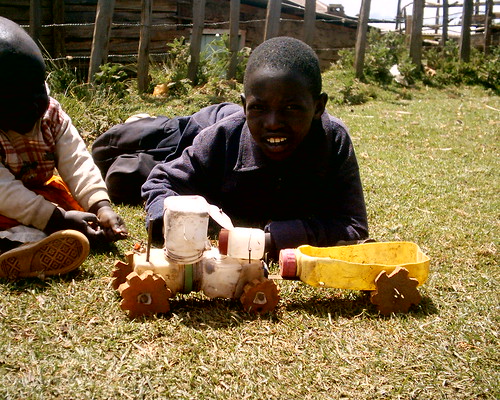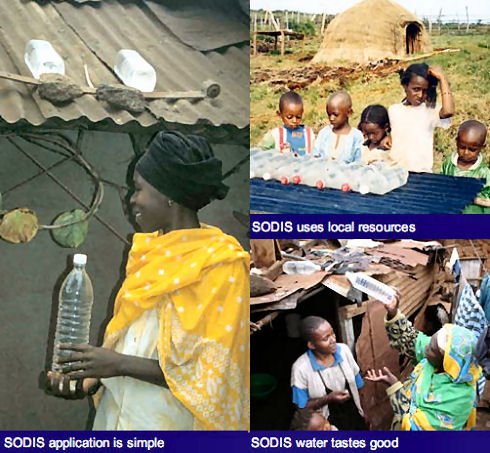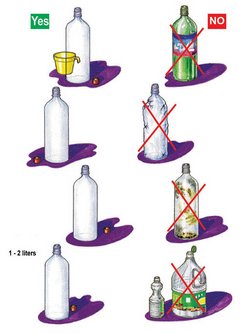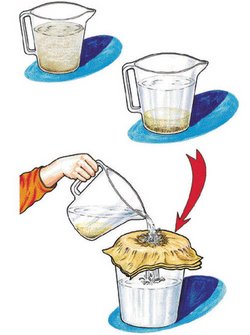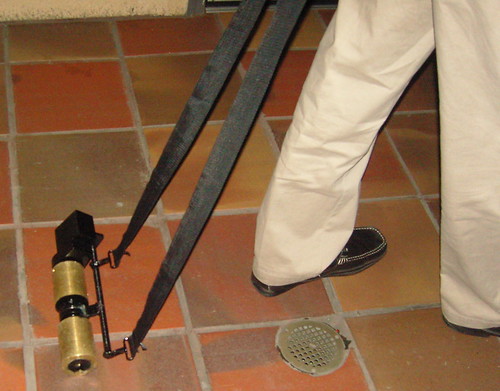Cows are playing an important role in land restoration in Baringo by eating up the invasive prickly pear cactus a nasty invasive plant that is destroying the drylands. It’s not obvious at all for cows to eat this thorny cactus, but Murry Roberts and his wife Elizabeth Meyerhoff told me about an amazing project that their organization, RAE (Rehabilitation of Arid Environments) has been working on. A few years ago they discovered that a local farmer had a bull that not only ate the nasty exotic thorny ugly, plant, but also taught other cows to go for it too.
- Mwalimu cow eating prickly pear
This is very surprising because any self respecting cow, a sheep or a goat will not touch the nasty prickly pear. The farmer had aptly named his cow Mwalimu (Mwa-lee-moo means Teacher in Kiswahili) because it taught other cows to eat the prickly pear .
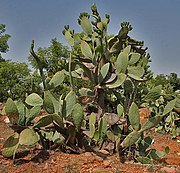

Prickly pear (Opuntia ficus indica) is origninally from Mexico and is an economically important species of cactus – the red/purple fruit known as tuna’s are much sought after in many parts of the world. It has been cultivated in many parts of Africa as a hedge, but has become a serious pest because it spreads rapidly degrading ranch lands, and is very difficult to control. As a result, Opuntia eating cows are hugely important in the drylands of Kenya.
How did this farmer get his cow to eat Opuntia? During the drought of 1999 – 2000 grassy fields were reduced to bare earth and cows had nothing left to eat were dying of starvation leading to widespread famine. The story goes that one farmer persuaded his bull to eat the leaves after he had burned off the thorns. Opuntia are 80% water and if one can get past the thorns, the plant is quite nutritious . The other starving cows watched the bull and then followed suit thus saving the herd and the farmer who has never looked back. The thorns are burnt off using wood from another nasty invasive species, Prosopis juliflora – making this an eco-friendly project all round.
As part of RAE’s rehabilitation of Baringo’s drylands, and to make multiply the value of mwalimu bull to other farmers RAE bought the bull and during droughts, Mwalimu goes from one homestead to another teaching herds of cattle how to eat Opuntia, thereby saving hundreds of cattle and people from starvation. For Mwalimu it’s a job that saved his life – he is too valuable to be turned into beef burgers!
The cutting and use of Opuntia and Prosopis is also important in controlling these invasive species which have been planted as live fences, but which are fast becoming weeds in the degraded Baringo lowlands. Apart from prickly pear eating cows RAE also restore grasslands and eliminate soil erosion in an innovative project that has huge application across the drylands of Africa. We met women who were doubling their money by buying and fattening cows on restored grasslands in a 3 month period!
For more information, check it out here RAE Trust
You can also contribute to the good work of RAE by helping us spread the word and share this great innovation through your blog, facebook, twitter, digg, or stumble. Thanks!



